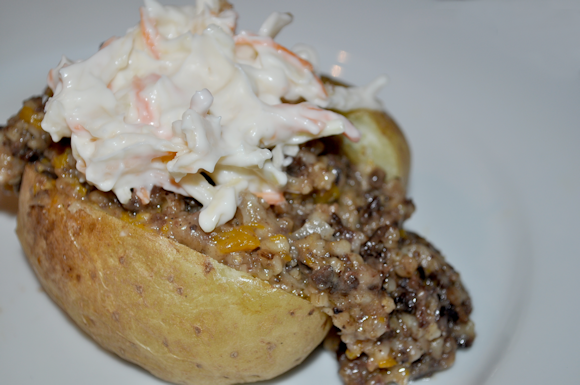
We catch the wee beasties that are the haggis family, on the heathery hills in the highlands of Scotland, where we pluck them mercilessly from their lovely life of gay abandon.
Are you buying this?
Ok, haggis is a lovely, and slightly spicy delicacy that is often said to the national dish of Scotland.
I do frequently get asked the best way to cook haggis. That could be because I often blog about food, and, being Scottish, there is probably an assumption that we all eat haggis quite often. A bit like the rumour mill about the deep fried mars bar that only the tourists ever try.
We normally experience haggis as part of Burns night celebrations, to celebrate the poet Rabbie Burns, so in our family it has usually been restricted to being supplied by other people. On Burns night, people would traditionally have haggis neeps and tatties (turnips and potatoes).
Macsween sent us one of their haggises to slow cook as a few of us had been talking about it on Twitter. I did go out and buy another one to go with it, as I thought the 3/4 person haggis was a tad too small for us all as there are 6 of us. In the end, I think one haggis for about 4 – 5 people would be perfect for us.
On to slow cooking the haggis.
I probably would try cooking it in the slow cooker, but inside some tinfoil next time, but the slow cooked way did work nicely and made the haggis not as dry as skirlie, which is my past experiences of it. I have to admit, I do struggle with the contents, and as I don’t eat lamb, it’s not for me, but the man, 2 kids and grannie wolfed it down.
Here’s a nice slow cooker haggis recipe for using with a store-bought haggis that has already been cooked. I’ve added the coleslaw recipe under the haggis one.

Ingredients
Method
- Take off the outer skin of the haggis and the metal clip.

- Cut the haggis into slices or chunks.
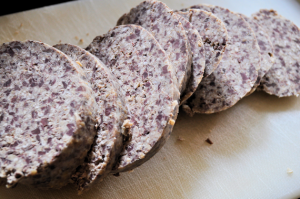
- Put the haggis, squash, onion and water into a slow cooker and cook on high for 3 hours.
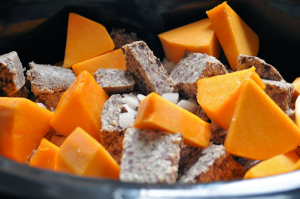
- Put baked potatoes in tinfoil and cook in oven at 180c
- Serve as filling for the baked potatoes.
- Garnish with coleslaw on the top.
Notes
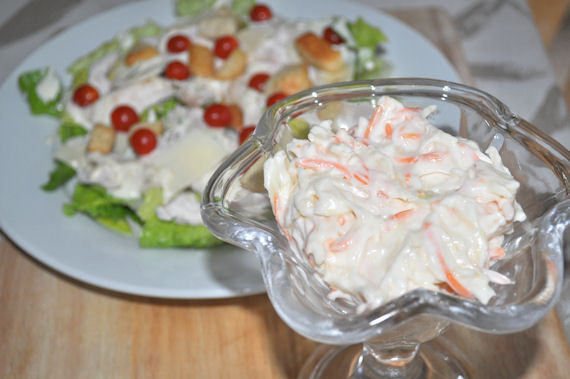
Coleslaw Salad
Ingredients
Method
- Simply shred the cabbage, onion and carrot.

- Mix with mayonnaise or thousand island dressing.
- Serve.


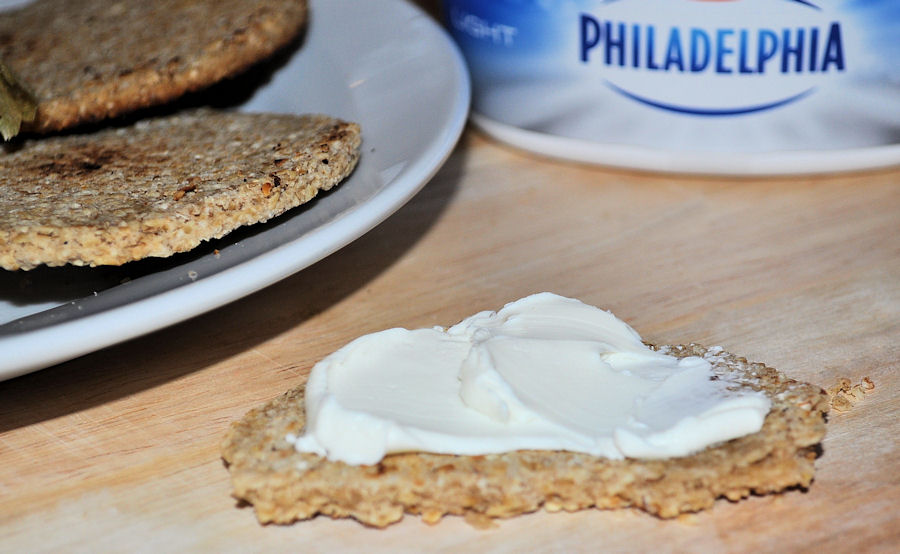





Can I put cooked garlic mushrooms in the fridge for a couple of days
Neeps is just short for turnips.
Made this last night and it as perfect , i never made bread before and its the first time i…